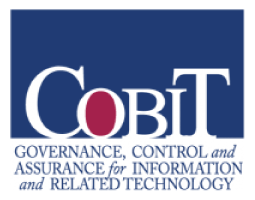In my role as Director of Student Services, I recently observed in a classroom where a student, we’ll call him Lewis, demonstrated minimal eye contact, response (verbal or physical), or social interaction. Upon Lewis’s arrival to the classroom, I observed the educator working with him provide a number of visual, physical, and verbal prompts to guide his morning routine. The educator also performed a number of sensory activities with the student.
As the morning progressed, Lewis transitioned to the snack table and remained in his seat for the duration of snack time. I then observed him verbally respond to the educator— the first verbalization of the morning!
I am embarrassed to say I had at first assumed the student was non-verbal because I hadn’t witnessed any verbal communication during the arrival activities. I realized the implication of my initial assumption that the student did not yet have verbal language. Gut punch!
The experience was a reminder of how easily we, as educators, return to what we think we know. There is a natural desire in all of us to categorize and label; this is often how we make sense of the world. We take from what are often limited exposures or observations to form our schema. But, there are dangers in assumptions, particularly when any of those assumptions create conscious or unconscious limitations for our students and lead to environments where our students may not feel they belong.
All students want and deserve to feel a sense of belonging in the classroom. To truly create a sense of belonging, students need to be seen. In an effort to create opportunities for belonging, educators must take time to get to know student strengths, interests, and preferences in a meaningful way.
The more educators can build on student strengths, create student engagement, and hold high expectations for all learners the more students will feel a sense of belonging. To do so, educators might utilize the following:
- Student interest inventories or strengths-based assessments
- Time to observe students in their environments, paying attention to communication, play, and overall interactions.
- Identify Antecedent, Behavior, Consequence (ABC) when students are performing well. Specifically, what about the environment created the behavior you wanted to see, and what about the immediate action after the behavior reinforced it?
- Increase opportunities for connections (i.e. morning meeting, free or structured play, etc)
- Explore students’ interests in lesson plans
- Create multiple ways for students to express ideas
- Identify and provide avenues and opportunities to meet potential sensory needs
It is vital that educators constantly reflect upon their own assumptions. McCollum (2016) identifies a simple yet effective notion, that of “presum[ing] intellect.” If we assume all students have high capacity and intelligence for learning, we change the assumption that comes with a label.
We shift from deficit thinking, to strengths-based thinking. We own that it’s on us as educators to create the environments where all our students can flourish.











